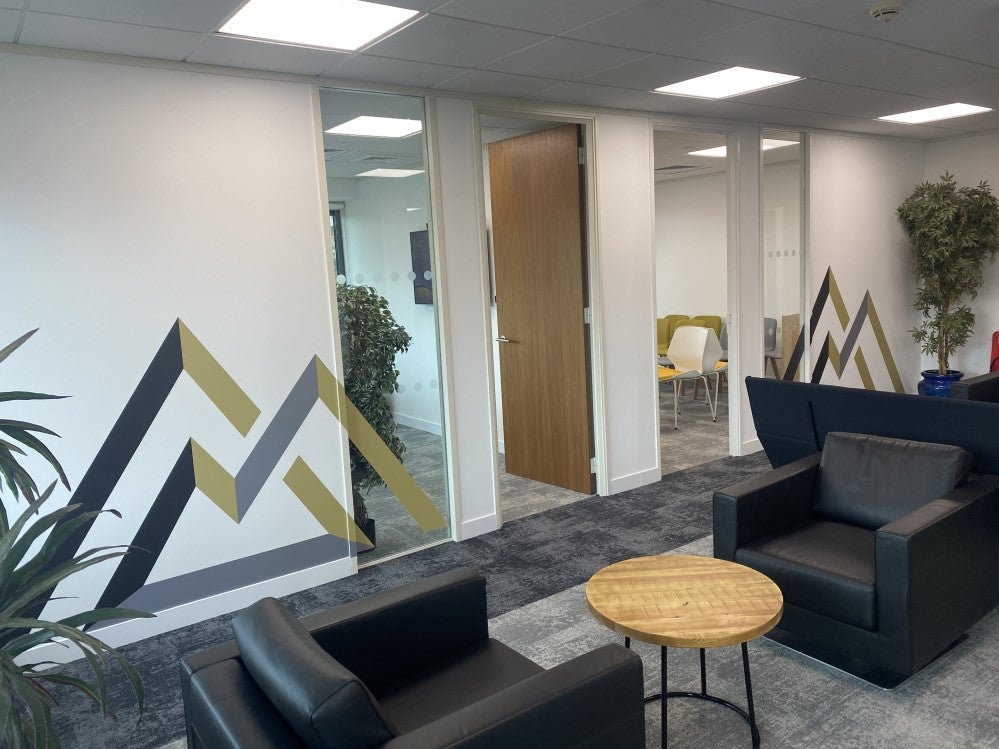
In a keynote speech at this year’s Leasing Life conference, DLL chief executive and chairman of the executive board Bill Stephenson addressed the audience on the challenges that manufacturers face with the depletion of raw materials, and how leasing businesses need to embrace sustainability as a key strategy to future-proof their businesses. Original speech by Bill Stephenson: script by Brian Cantwell.
This is a wonderful, resilient industry. Everywhere I go, everywhere I speak, I get a mixed bag of what’s happening in this industry to regulation, compliance, and changes. There’s a lot of negativity: you see a lot of cups half-empty, but more importantly you see the companies that are going forward, and they are philosophically half- full.
"It’s a great industry, and how you look at it defines your value proposition and how you approach it. I don’t really view what we do as being a leasing company, or a finance company. We’re not a bank lender, or an extension of excessive liquidity that occurs because the markets are bearish. We are not be turned off when the markets go bad because we are not core to our parent.
"I view us as a sales and marketing perception, that happens to have money as our product. That mentality has been central to DLL’s thinking during the last 30 years in the partnerships that we have created.
"When you view your organisation as a sales and marketing organisation, you’re forced to create value – you’re forced to constantly innovate; you’re forced to stay ahead of the customer and assist them to achieve their objectives and goals. And when you put the customer in the centre of everything you do, great things happen: I think you all know that.
"You need to ask: what are you going to do to your organisation to prepare for the changes that are coming? Because they are coming, and they are coming at a rapid pace. Life cycle asset management: let me tell you what this means to me. We have been in life cycle asset management for 30 years. Anybody that’s taken an equity position in an asset, financed it, and got the asset back, and had to do something with it, is in life cycle asset management. So that’s not a definition. You can repaint it, you can put new tyres on it, you can help the manufacturer maybe put some new belts or whatever and then go out and resell it in the open market, or put it on auction. That’s not how I define life cycle asset management.
"What I look for in life cycle asset management, is regardless ofwhat you think is going on in the environment, in the world, whether you’re a greener, or you’re driving a 12 cylinder and don’t care, there are going to be limits to raw materials, and it’s already happening.
"When you look at rare earth materials, they are already being cornered by China. When you look at a lot of the materials now that will become extraordinarily expensive, manufacturers aren’t really thinking now about the materials that they’re putting into the assets that they are making. Most of our partners are concerned about one thing and that’s manufacturing a product that someone will buy, that will differentiate them from their competition, and allow them to be the product of choice, versus the other companies that are in the same vein. They really don’t care about the back deal.
"I heard some great commentary today, about controlling the market, and what we need to do is to educate our manufacturing partners to ensure they are not only knowledgeable about what’s going to happen in the years ahead, but that we can also help them control the entire cycle of their product line. And that also means what happens to those assets when they come off use.
"Some manufacturing partners will jump on and ride away; some don’t even care. All they want to do is move units. But I can assure you, in our lifetime, that will become an issue. Second, what we have put together with our programme managers, is a requirement to totally dismantle every asset that we finance (i.e. each type), with the engineers and the product marketers of the manufacturers present. What’s inside that product? What acts as raw materials, and what materials are there that can be reused in manufacturing new products? Is the cost reward worth it?
"Right now, about 4% of what we finance are assets that have been built using materials that would have been scrapped and put in landfill. You may think 4% who cares? But it’s a start. The engineers aren’t really thinking about this; the product managers aren’t really thinking about this, because they think they have unlimited resources to build whatever they need. So I encourage you to focus on [this strategy], at least from a life cycle asset management perspective.
"You’ve also seen this ownership and usage model for new and used assets. Of course this is a trend that is happening, but the challenge we have with that is you need to consider the integrated service offerings. If you ask people what pay-for-use is, then there’s a million different scenarios of what that means and what that use is; every one of your customers are going to define that in a different way.
"What does that mean for you? It means you are going to need a tremendous amount of flexibility, with the IT systems to support the customers demands. It means you need a legal environment and documentation environment to ensure that you can provide services either as an independent or bank lessor. We have a regulatory environment that needs to be challenged, because they are not going to allow a lot of financial institutions to be flexible and really prepare your organisation for change that is coming.
"Every presentation I heard today is going from some sort of amortisation lending to some type of service, pay per use environment. What I didn’t hear in a single presentation is how you’re going to do it. Everybody is saying the what needs to be there, but it’s the how that is going to be the differentiation of the future. That is the challenge."







